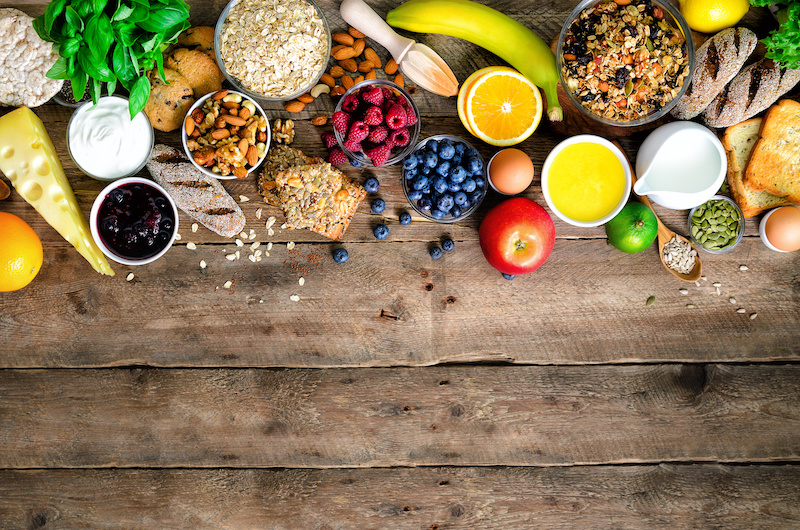We often hear about eating a healthy and balanced diet. But what do these two words mean?
Different foods contain different nutrients. For example, red meats provide protein and iron, green leafy vegetables provide folate and citrus fruits provide vitamin C. In addition, dairy foods provide protein and calcium, and wholegrains provide B vitamins and dietary fibre. Fats and oils provide energy and essential vitamins A and D. Eating a wide range of foods increases the chance of getting all the nutrients that our body needs to stay healthy.
It is a myth that older people need less nutrients than younger people. In fact, vitamin and mineral requirements may increase when sick. Older adults require more protein and generally should not be on low fat diets.
Have a look at the resource “Key nutrients for older adults” for more.







